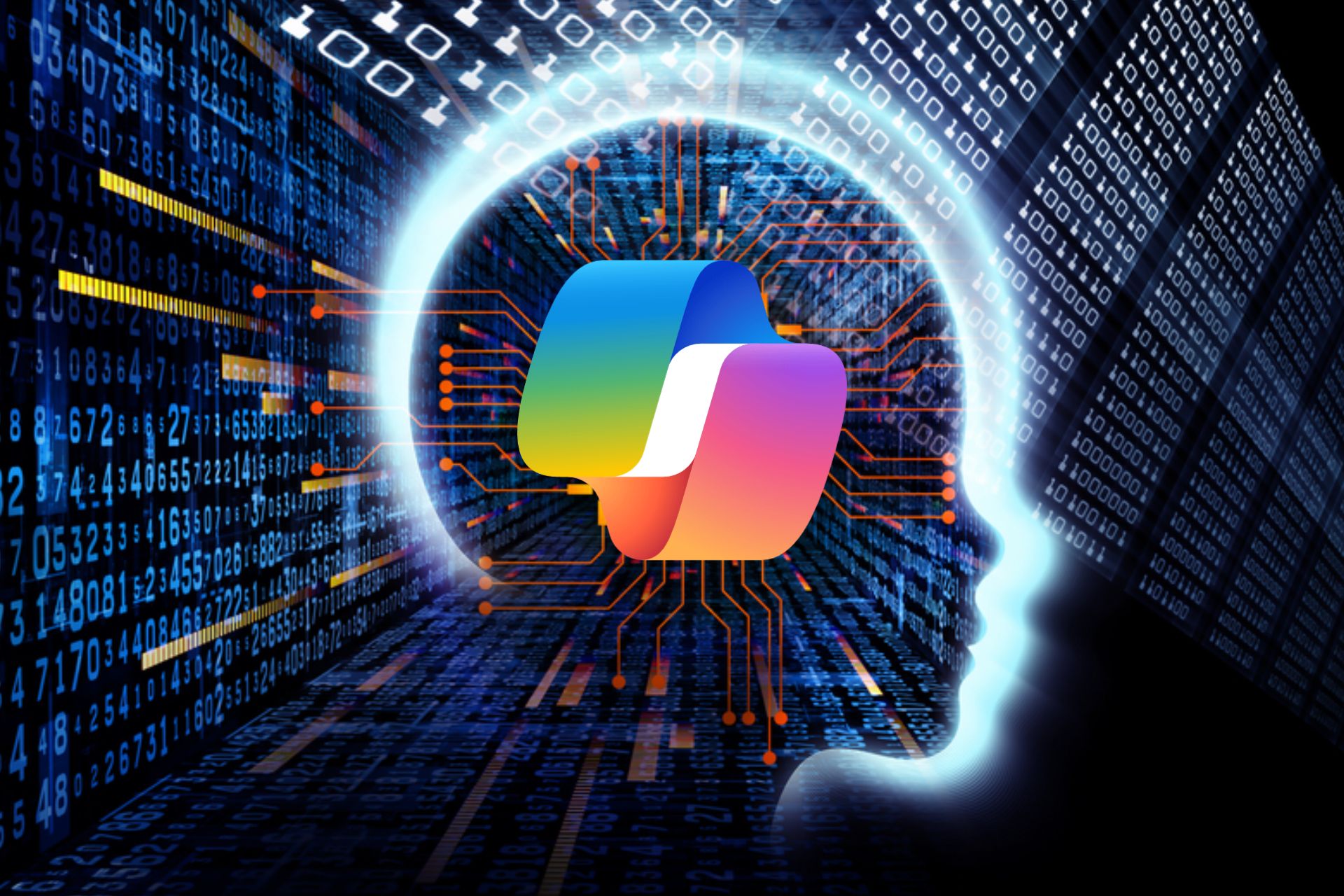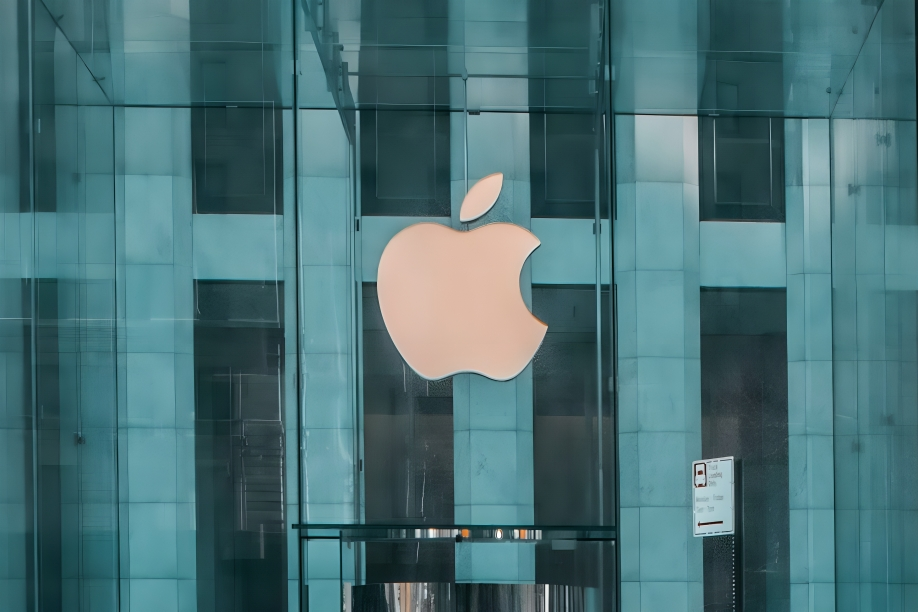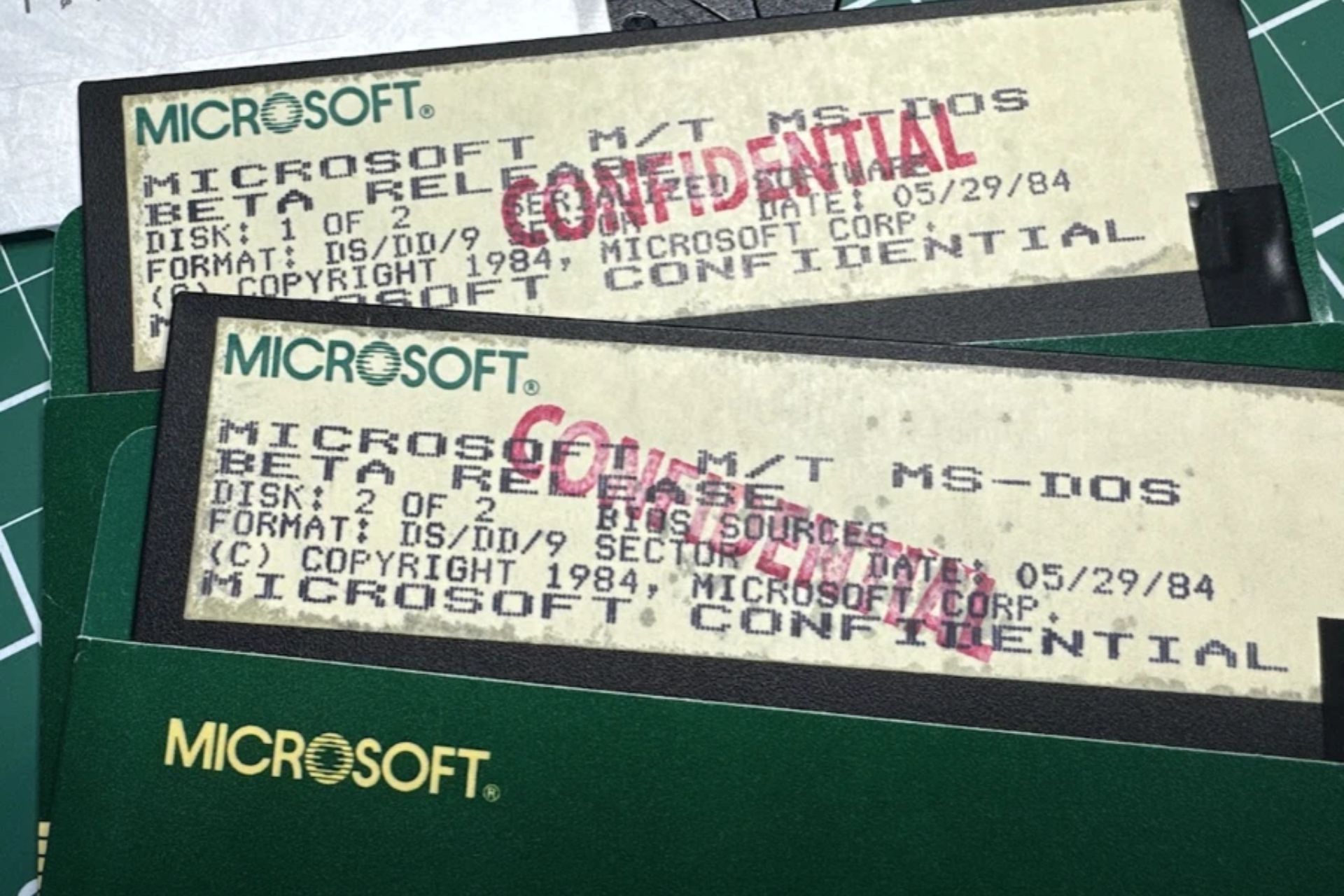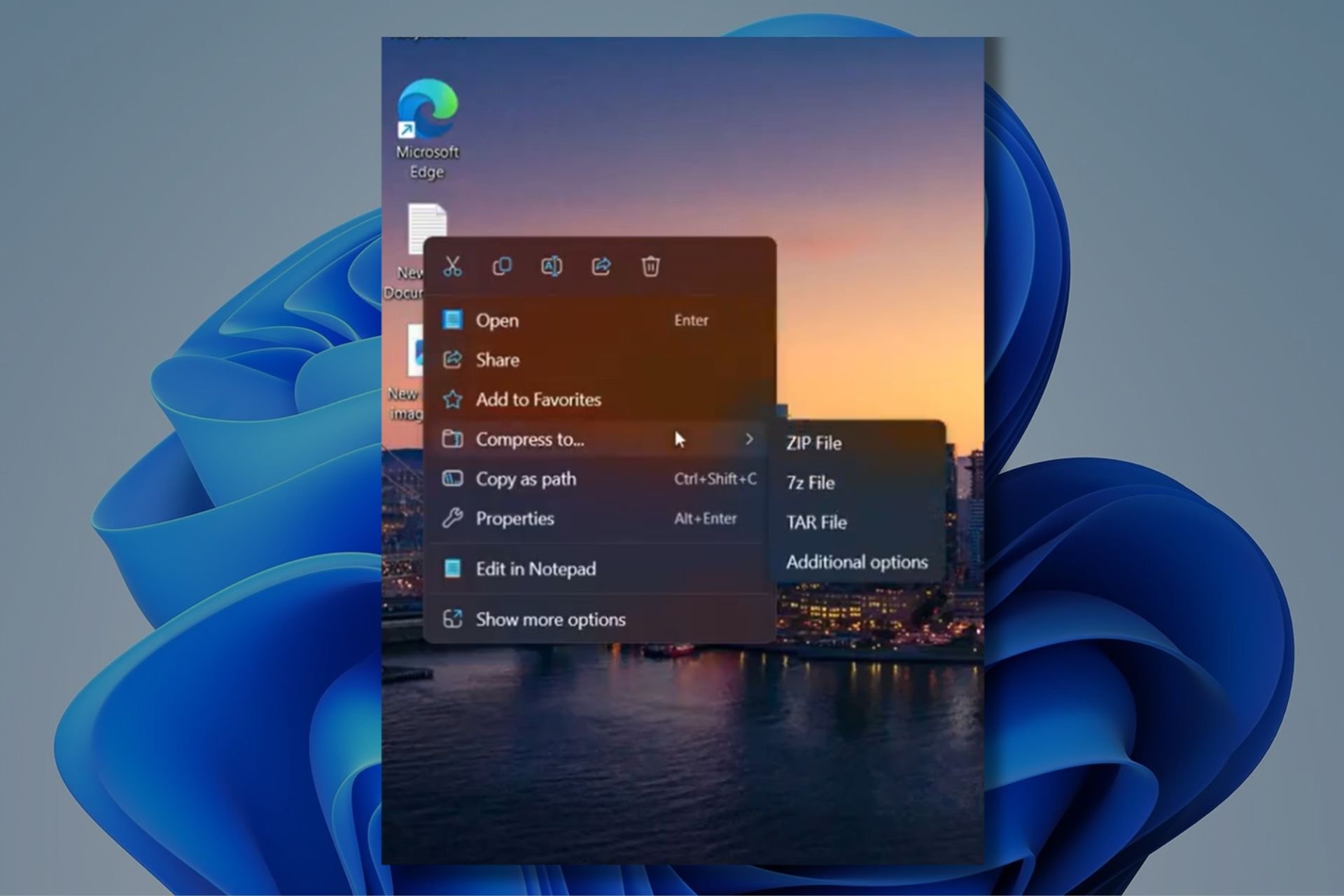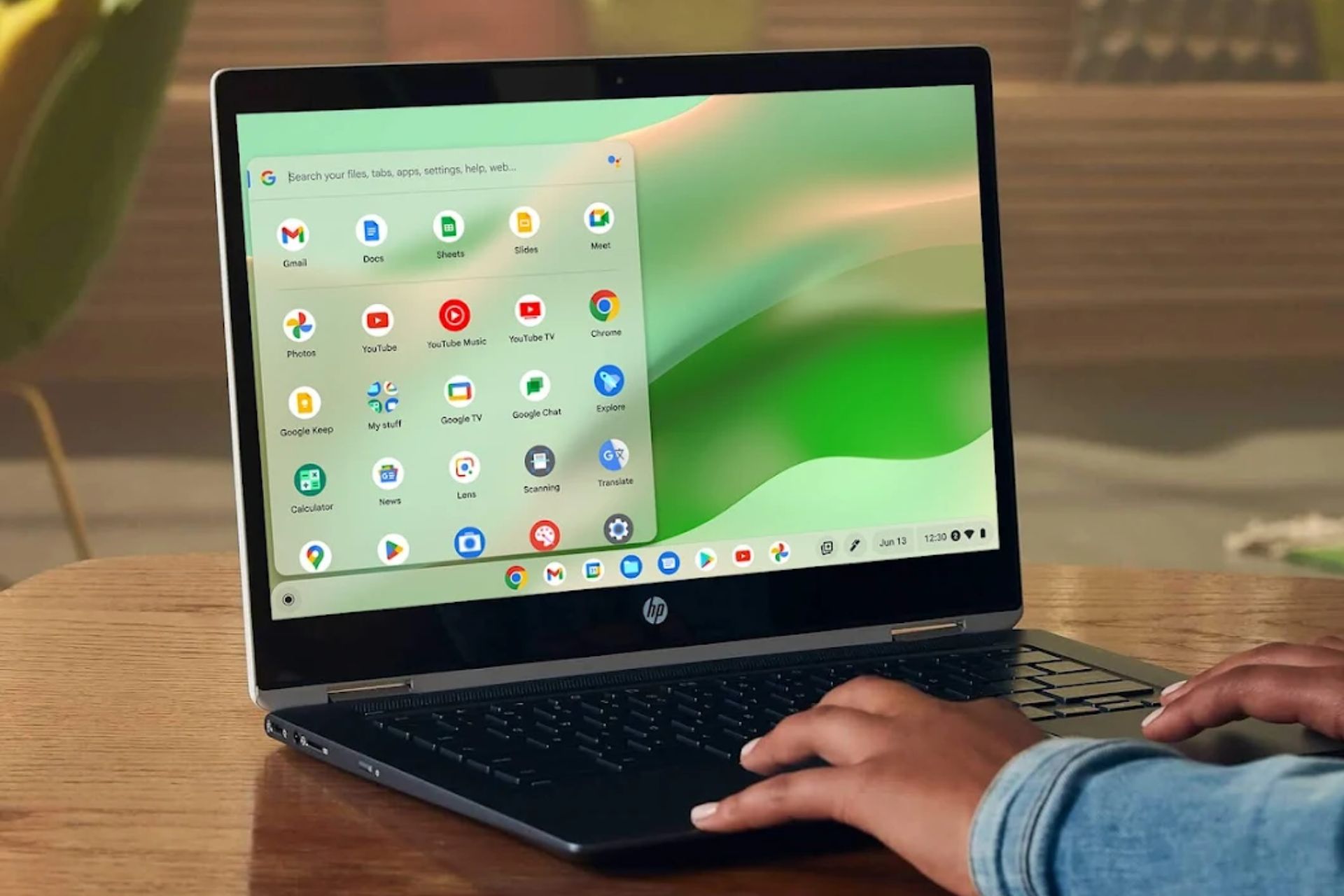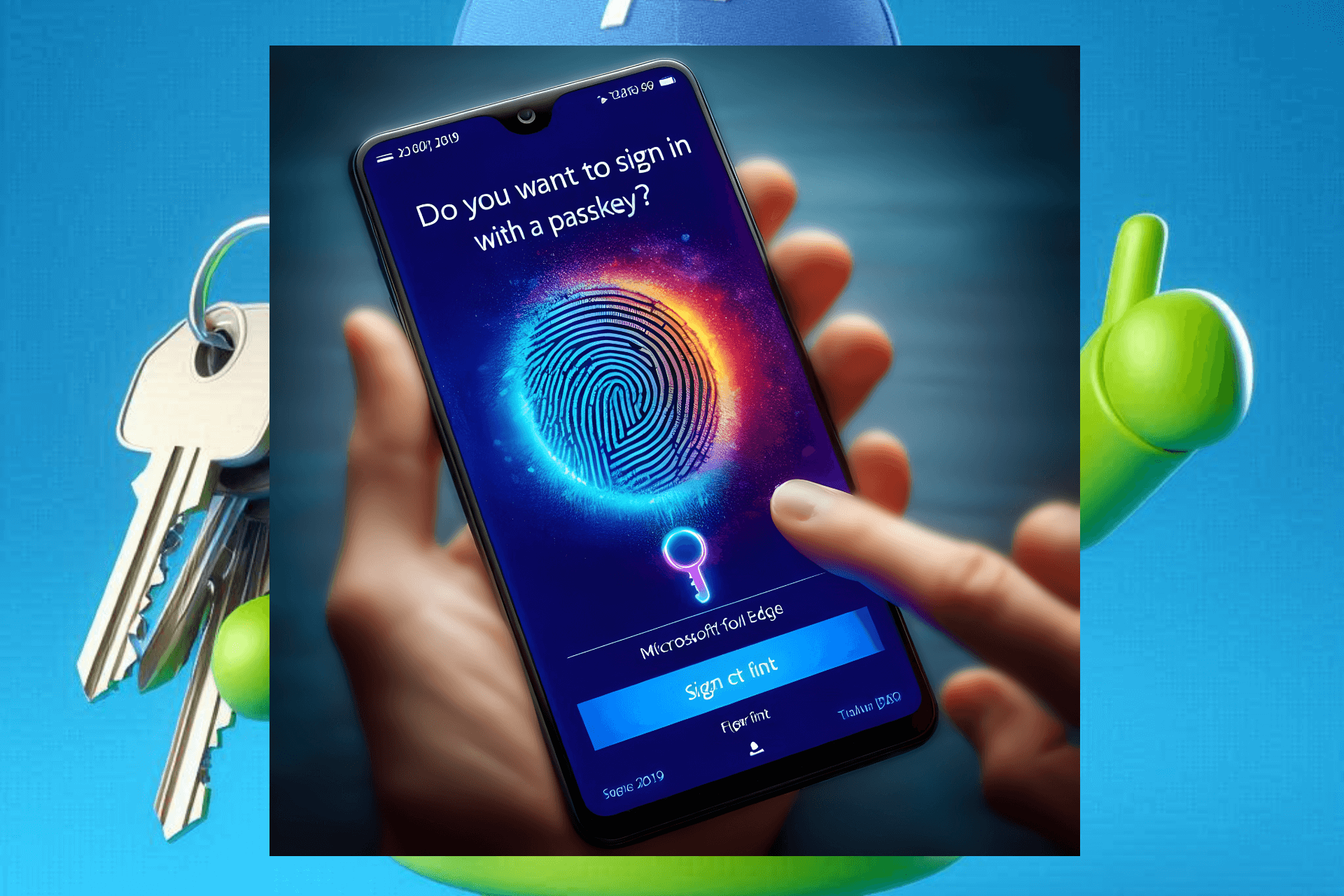Google changes their mind, plans to implement Microsoft's Pointer Event Standard
3 min. read
Published on
Read our disclosure page to find out how can you help Windows Report sustain the editorial team Read more
The web consists of thousands of standards which ensure websites display consistently across browsers and devices. Microsoft for years has been the black sheep in the web browser community due to their lack of standards support in IE. Since Windows 8 jerked Windows into the world of touch screens, Microsoft needed to develop a way to support different input methods because Windows 8 PCs can use touch, mouse, keyboard, or pen. Traditionally developers have needed to write separate lines of code depending on an event occurring via mouse or touch. Windows 8 users have the ability to interact with websites using touch, mouse, pen, keyboard, or even Kinect, so Microsoft needed a different way to make development for Windows 8 easier and less cumbersome.
To solve this problem, Microsoft invented the Pointer Event. This event can replace both mouse events and touch events in apps and on the web so users can interact with a variety of input methods. However long gone are the days of Microsoft’s browser dominance, today Google’s Chrome reigns supreme in worldwide browser usage. This means Microsoft needs to convince Google to use the pointer event in Chrome, but the task to convince Google has been a big one. Microsoft and Google have a bad relationship since Bing is the only reasonable competition to Google search and search ads are the primary source of income for Google.
Web developers, the World Wide Web Consortium (W3C), and Mozilla have agreed the Pointer Event is the way to go when it comes to cross platform and cross device support. Apple and Google have rejected the new web standard even though it has been accepted by W3C. Recently Google has changed their mind and now has “intent to implement” the new standard. This is a victory for Microsoft and users of Chrome on touch PCs, but the debate is not over because Google still needs to implement the change and ship on final versions of Chrome.
Apple is the next big player who is yet to accept the Pointer Event standard probably because their mobile strategy does not include touch Macintosh. Microsoft has been the leading company when it comes to diverse hardware and software to support a range of device types and input methods. Google’s strength lies in Android phones and tablets where touch exists as the primary input method. Chromebooks can be touch-enabled. However, this drives up the cost which makes the devices look far less attractive to buyers.
The major group of users who will benefit from Google’s decision to implement the Pointer Event standard are Windows 8 users who browse with Chrome. Anyone with a touch PC can testify for the inadequate support provided by Google when it comes to touch. Users also have an issue with Chrome’s power-hungry tendencies which drains battery life and heats up devices. Hopefully, Windows 10 will bring Project Spartan, which will continue to intensify the pressure on Google to improve their web browser for the diverse device types like Surface or the HP x360.



